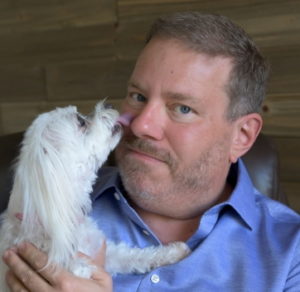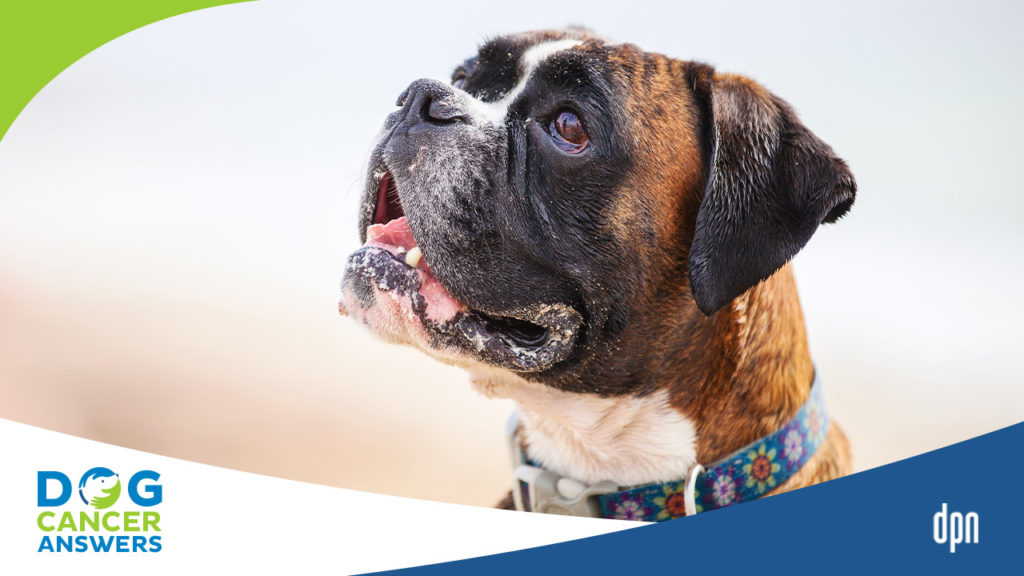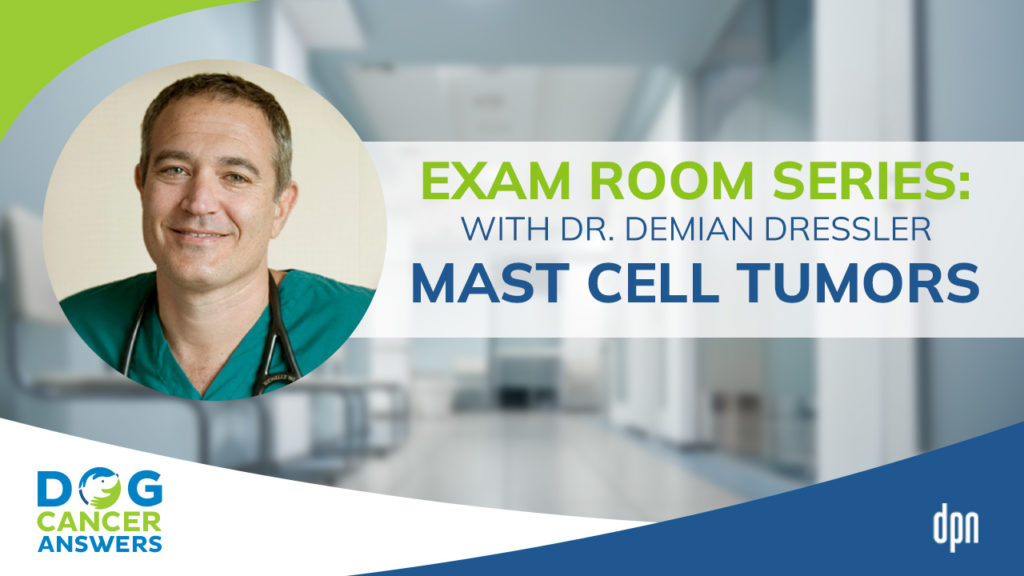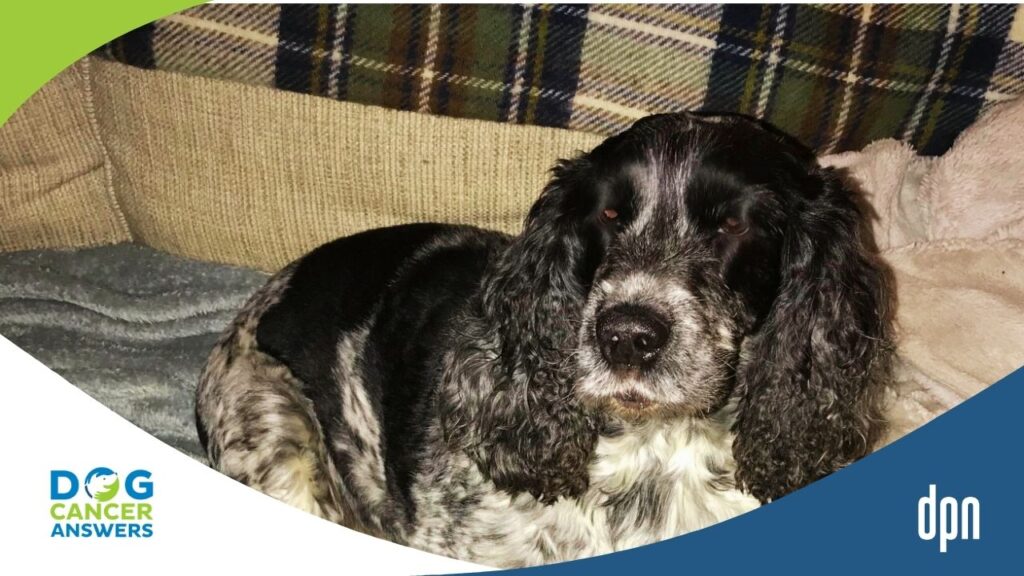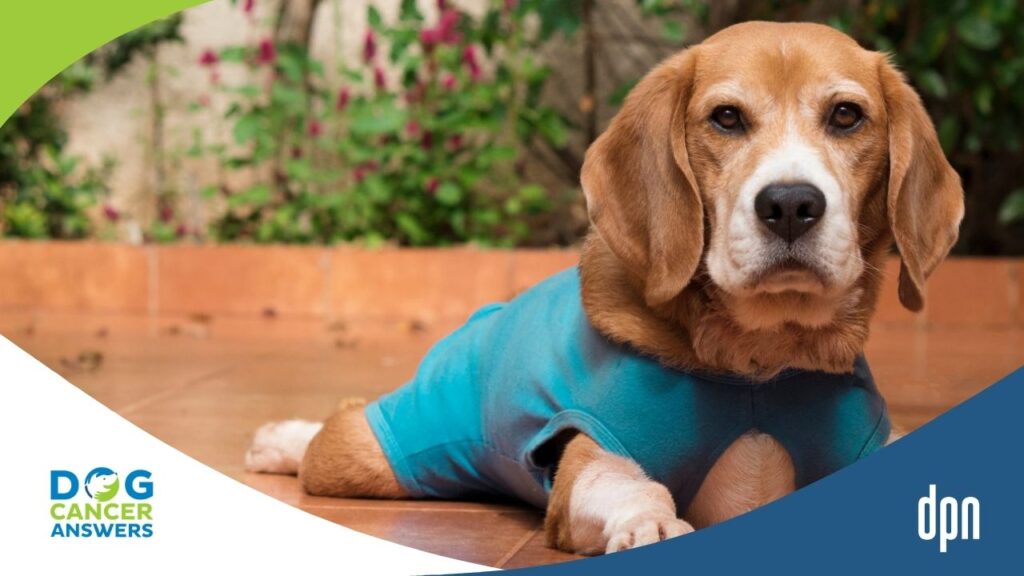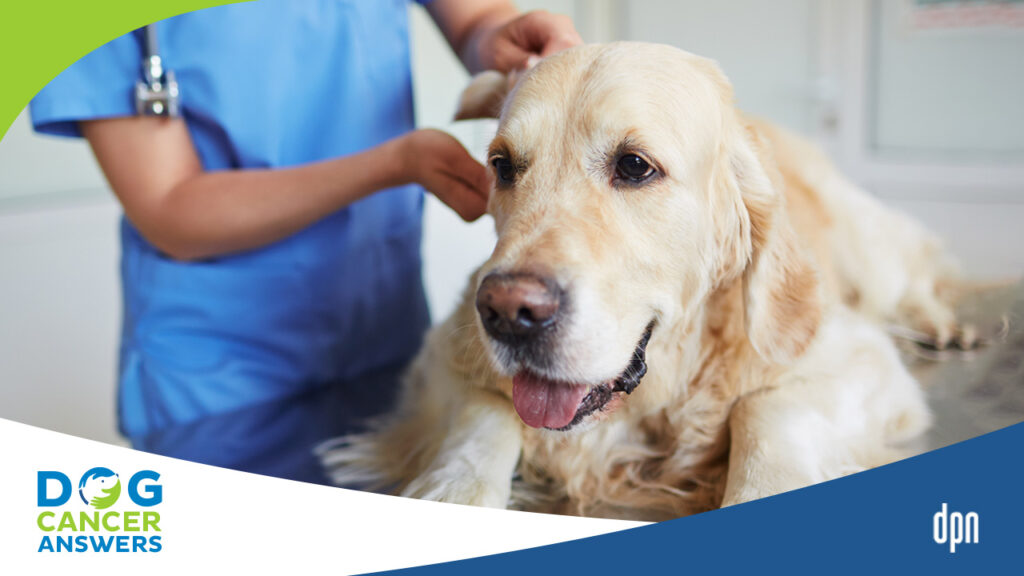James Jacobson: One of the common types of cancer that you guys both talk about in The Dog Cancers Survival Guide is mast cell tumors. I wanna first start off with you Dr. Dressler. What might a dog guardian see if their dog has been diagnosed with mast cell?
Dr. Demian Dressler: That’s a tough question. The reason why it’s a tough question is because mast cell tumors are characterized by having a variable appearance. That means that they can look very very different. As a consequence of this, they can be called the great impersonators at, or sometimes great imitators. They can look very very different. Now, classically when you think of a mast cell tumor as a clonation you think of a red rays inflamed growth. That’s probably the most common presentation meaning that’s probably the most common way that it shows up on a dog in the most common location for mast cell tumors of the skin. However, mast cell tumors can occur anywhere in the body and they can look like anything. One of the hallmarks of mast cell tumors though are that they secrete a certain chemicals which create inflammation and many times that will account for the redness and the swelling and sometimes the discomfort that you can see around the mast cell tumor and some of the internal organ signs as well.
James Jacobson: Dr. Ettinger, your thoughts on mast cell tumors.
Dr. Susan Ettinger: Mast cell tumors are a very complicated cancer and that the outcome in one dog will be very variable from another dog. One of the most important tools about the oncologist or a Veterinarian will use in to try to predict is the grade which is determined by the biopsy once the tumor is removed. And there are classically three grades and these can help the clonation try to predict how was gonna be, but some dogs with the mast cell tumor we gonna be cured with the relatively simple surgery and some dogs may need surgery radiation in to where chemotherapy from the conventional tool box. So, it’s a really variable tumor and really want to, you’re going to want to get a specialist involved to help you navigate through the complicated world of mast cell tumors in dogs.
James Jacobson: Dr. Dressler, what are your thoughts in terms of treatment options for mast cell?
Dr. Demian Dressler: Well, one of the most important is always surgery or we, mast cell tumors at least once it’s not yet spread need to be remove with a wide excision. And then there is a variety of different chemotherapy tools so that it can be used for mast cell tumors if it’s appropriate, and when it’s appropriate, and then of course don’t forget we have diet supplements, life quality enrichment, brain chemistry modification, and all of the different “alternative pieces” that we can use traditiously, intelligently so that we can have maximum good quality life for dogs with mast cell tumors.
James Jacobson: There is a tremendous amount of information on mast cell tumors in The Dog Cancers Survival Guide from all approaches using a full spectrum approach, and I want to thank you both for joining us today Dr. Ettinger in New York and Dr. Dressler in Hawaii, thank you.
Dr. Demian Dressler: Thank you!
Dr. Susan Ettinger: Thank You!


